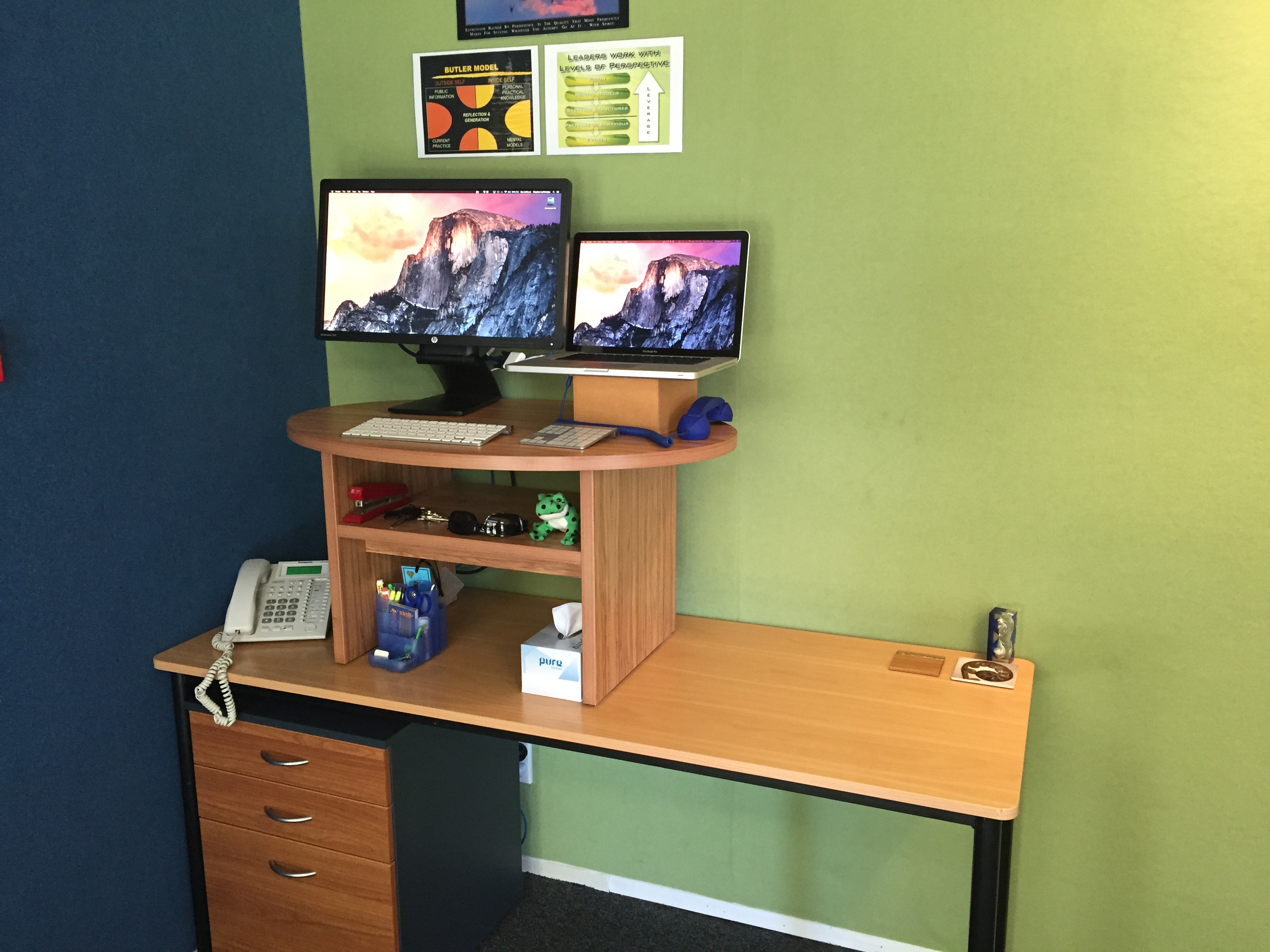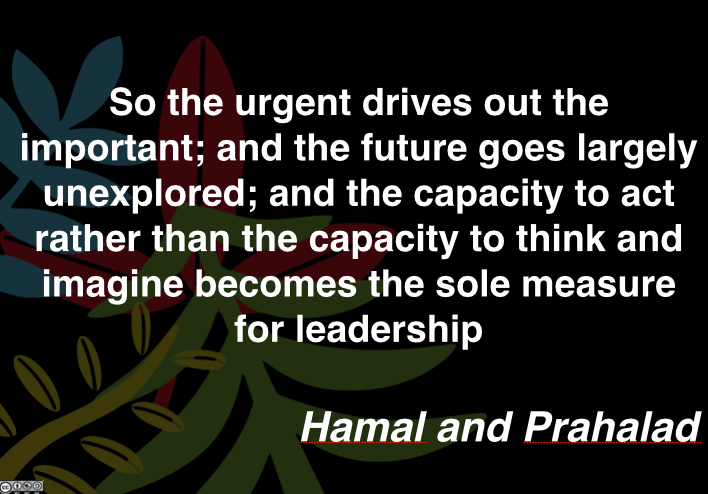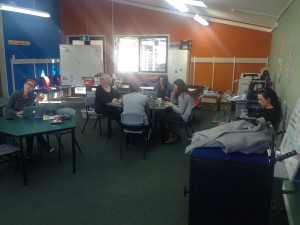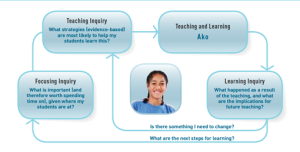I am looking forward to the opening of our Make Club on Thursday 12 February for a number of reasons. I have long been a proponent of schools and communities using facilities outside of the regular 9am – 3pm day.
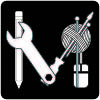
Make club is a mid-term event in the bigger journey of turning our technology centre into a community maker facility that is open 24/7. Make Club will be open to students, parents, teachers and any adult who likes to tinker, build, create, make and more importantly share knowledge.
We have had an amazing response after informing our community, with numerous people wanting more information and asking if children can come along. This is fantastic, not just for the fact that we will have lots of minds to set free but because of one of our founding principles for Make Club. All kids who attend must bring a parent/caregiver. You see Make Club isn’t a glorified after school care programme where you pay your money and leave. We believe that parents and kids creating and learning together can’t be a bad thing.
This club is also open to teachers. Teachers who want to learn about new technologies. Teachers can join in and learn alongside others and it is an extension of our experiment with ‘Staffies’ last year. Teachers have an amazing capacity to see an idea and then just run with it. We have all experienced a time when we have sparked of each other and come up with some amazing experiences for kids.
More importantly make club is open to makers. Adults who want to turn up and share. Experts who want to pass on their knowledge. We have been very lucky to have range of people visit our school over the past few years giving their time and energy. This is because we value collaboration and encourage people to join in.
Make club is the result of Kimberly Baars (Design Tech Teacher) Paula Hogg (BoT Chairperson) and I saying “wouldn’t it be great to…” Kim and Paula have done all the work though and without their input and urgency it would still be an idea. We don’t yet have a website for Make Club… but maybe the kids will fix that up for us, as we really want authentic contexts to be the backdrop for making.
Our hope for make club… to build community, to build capacity, and to build stuff!




